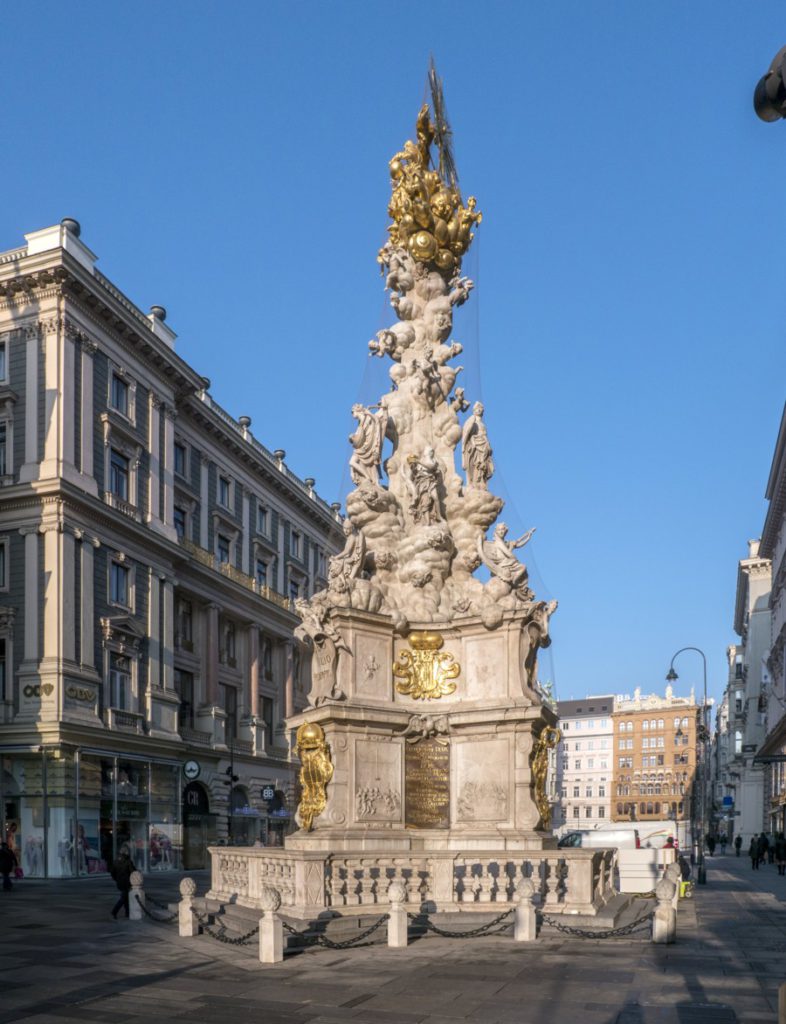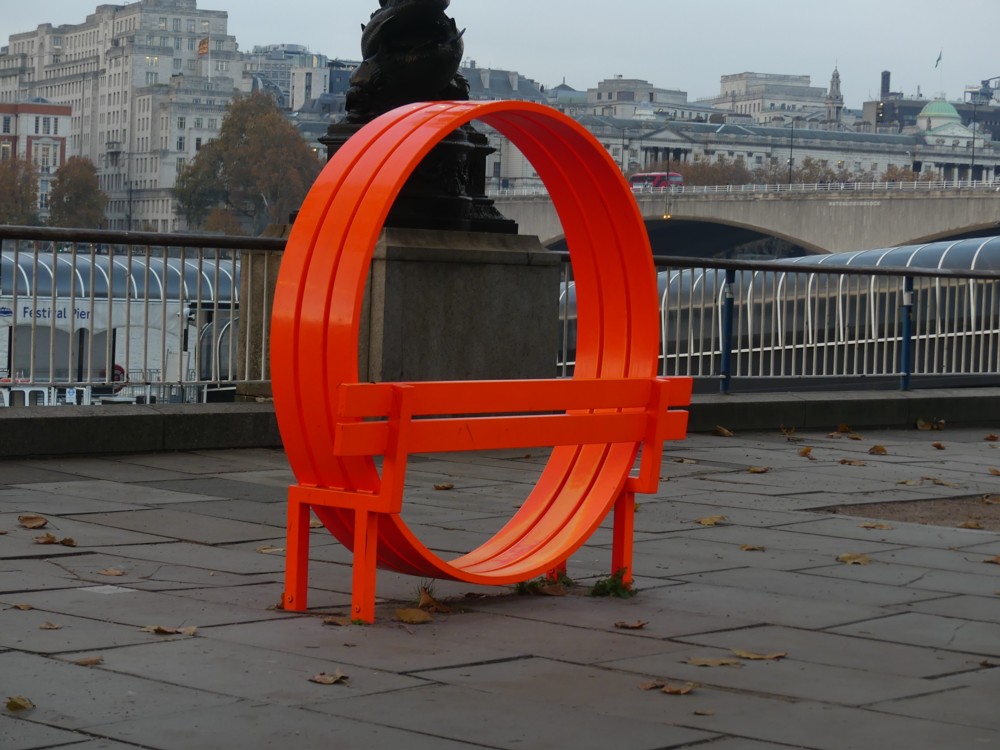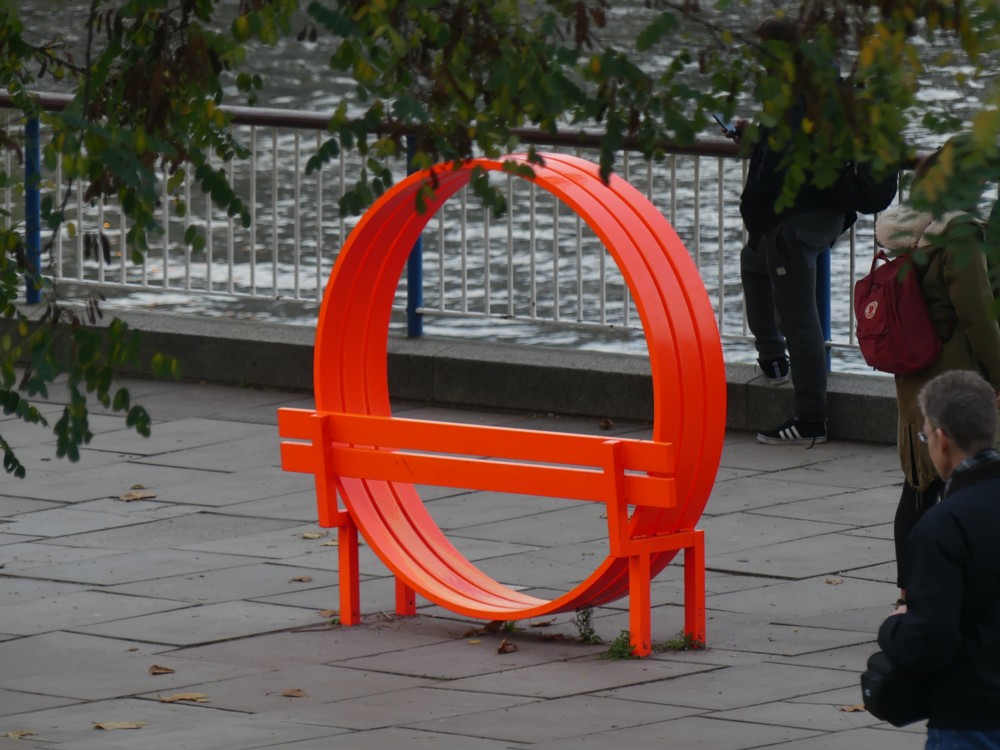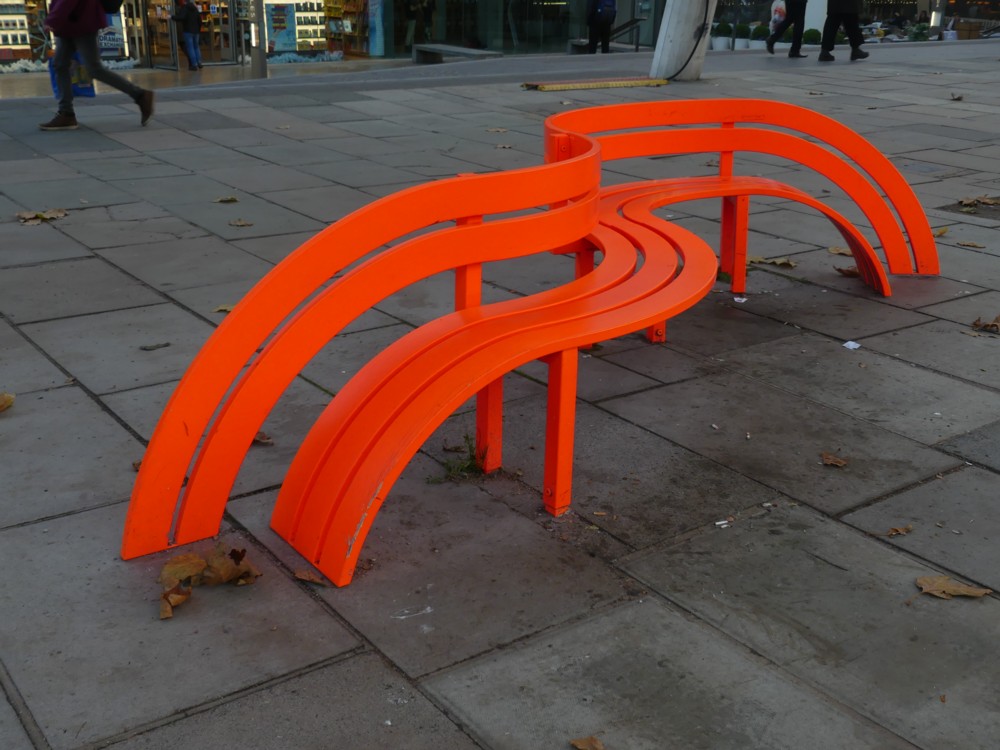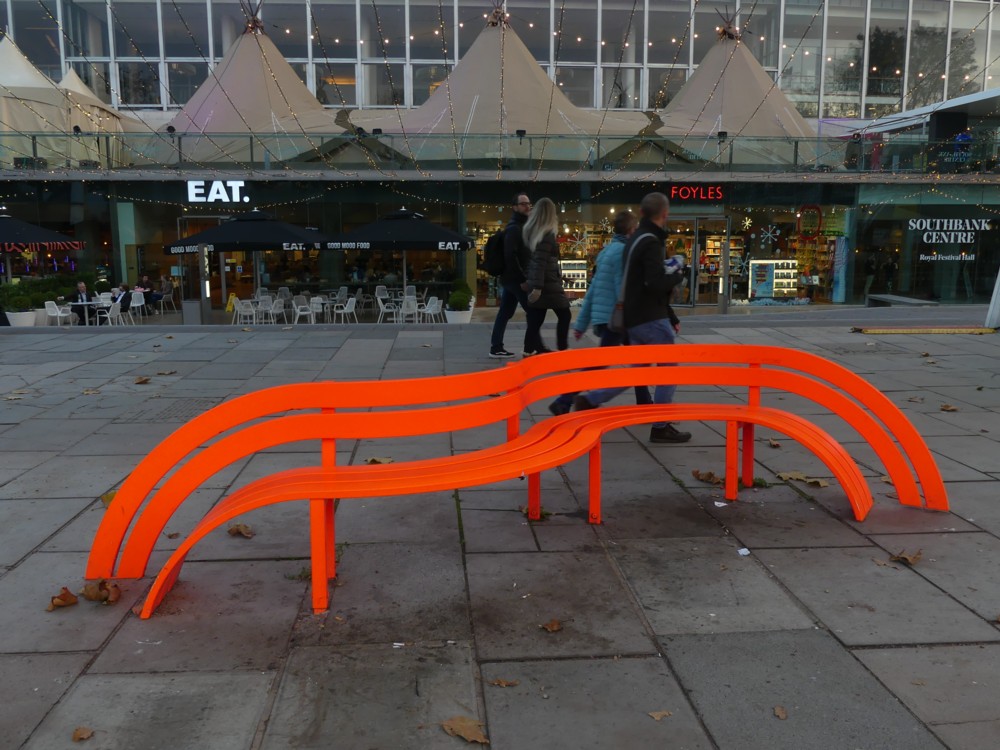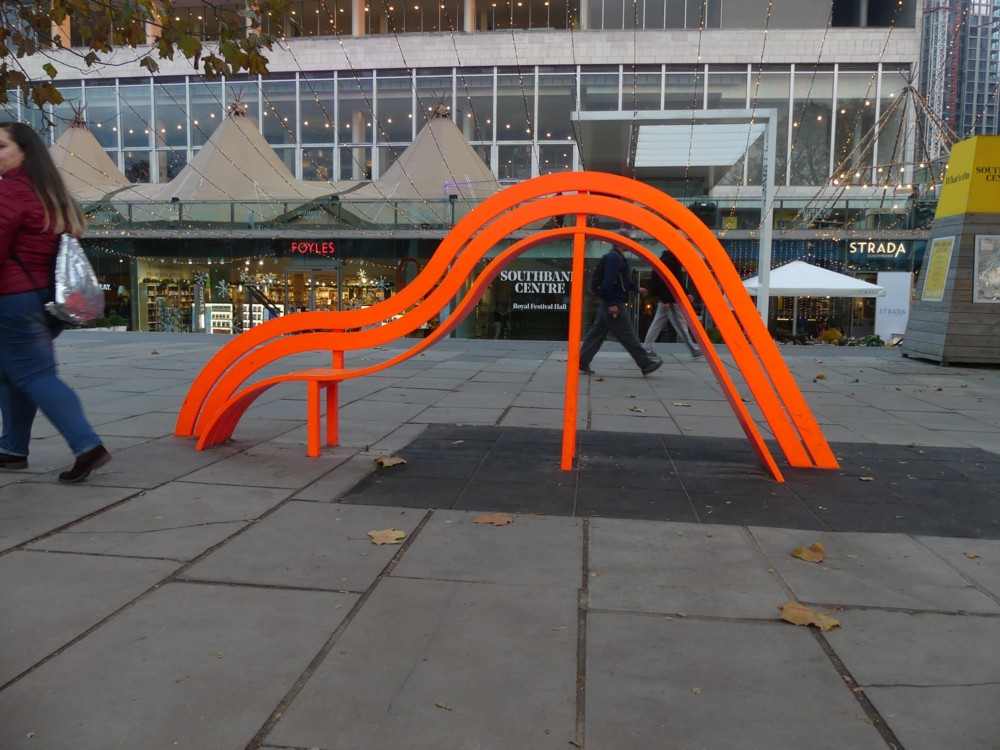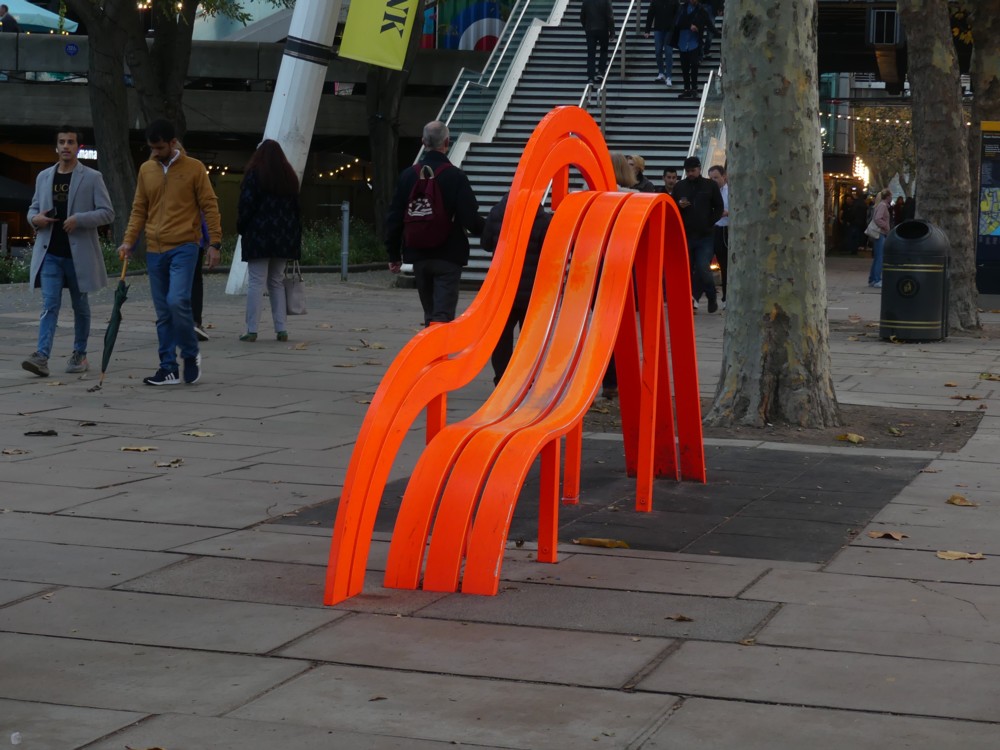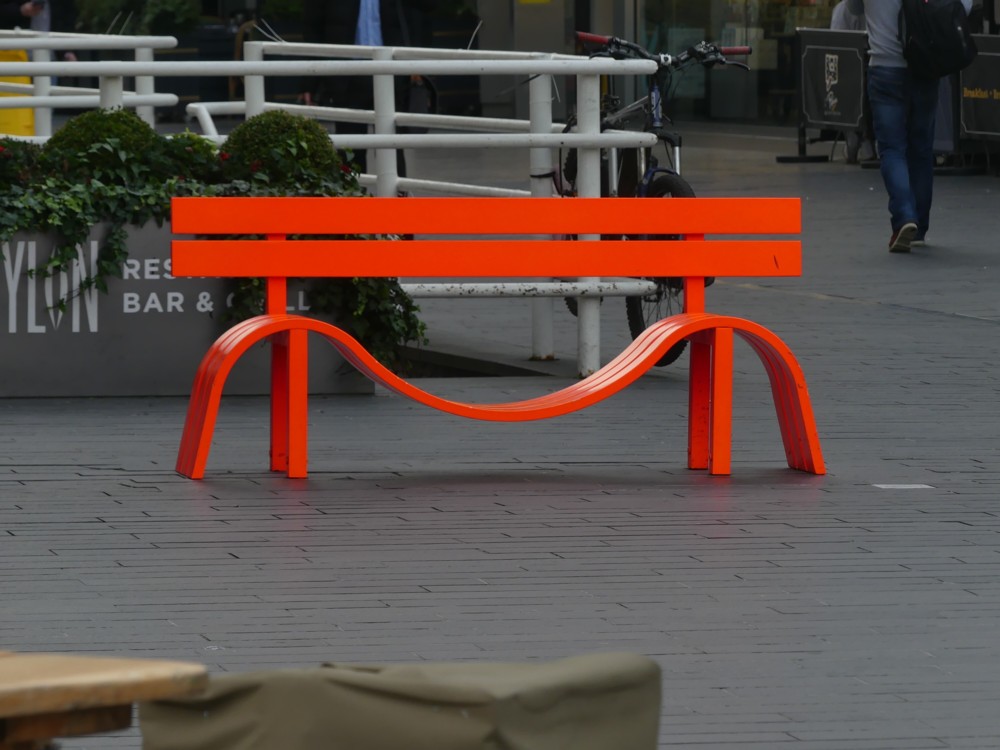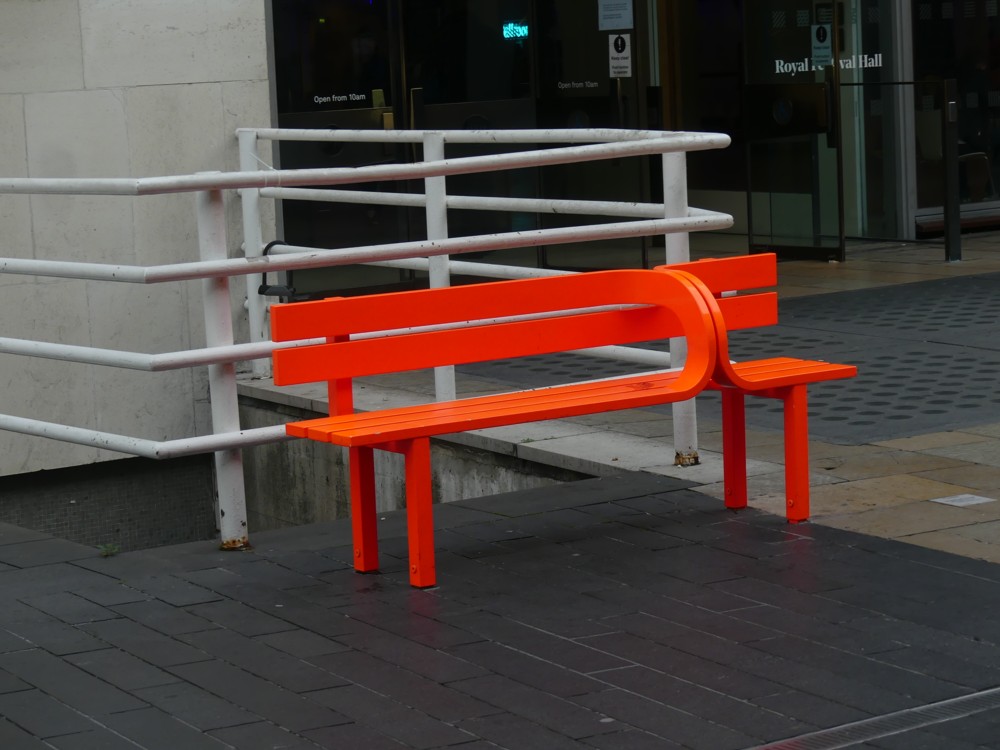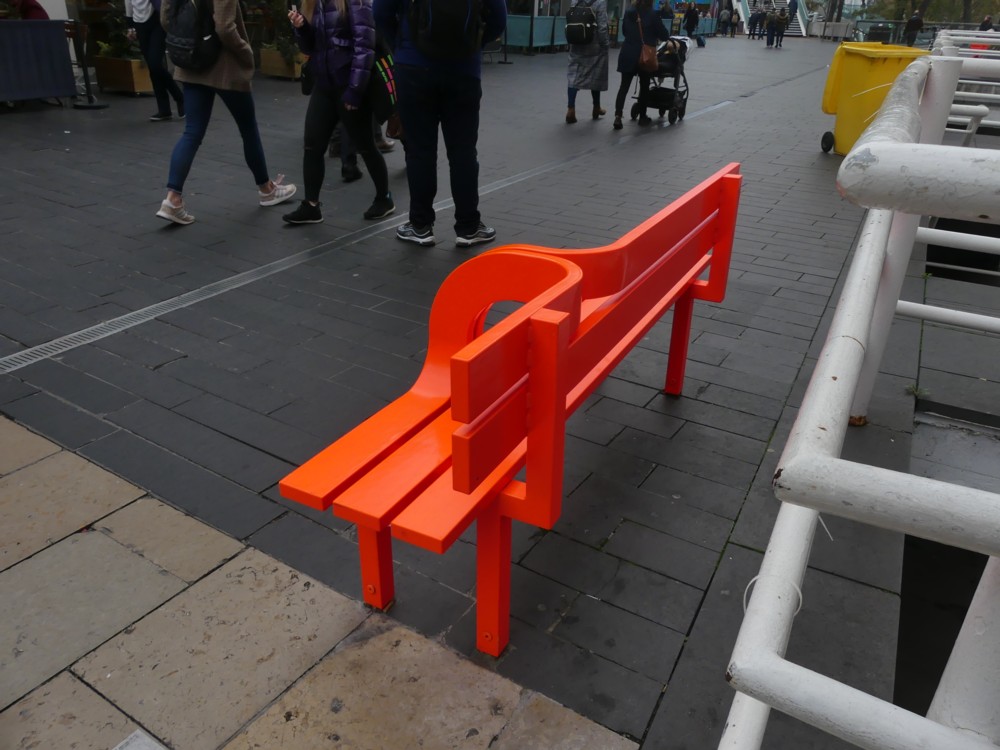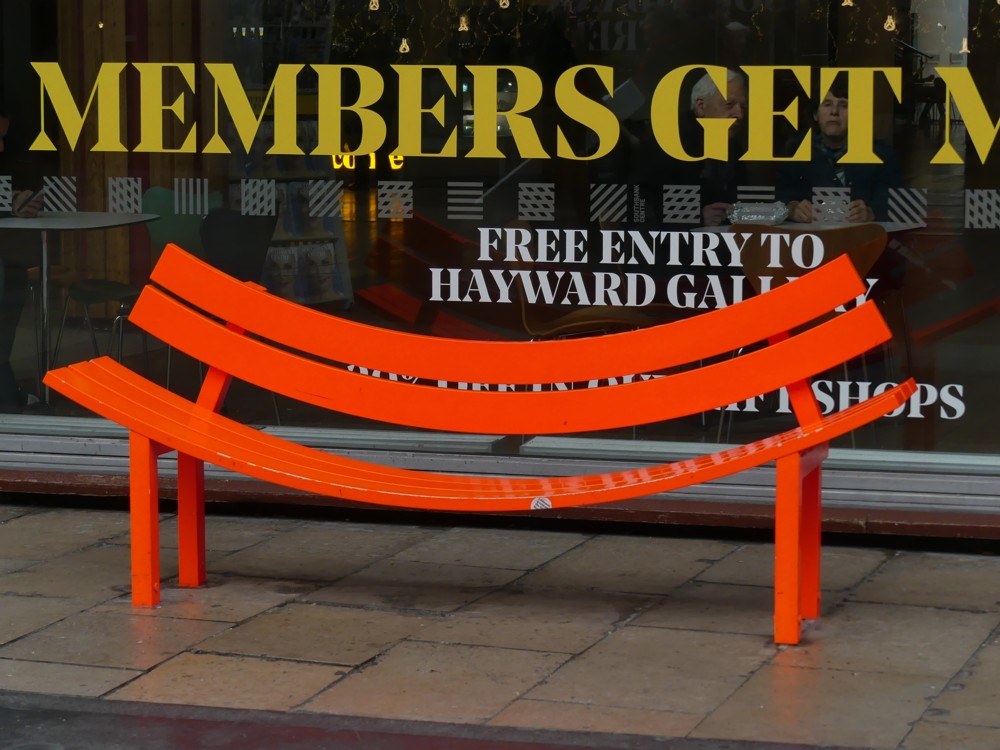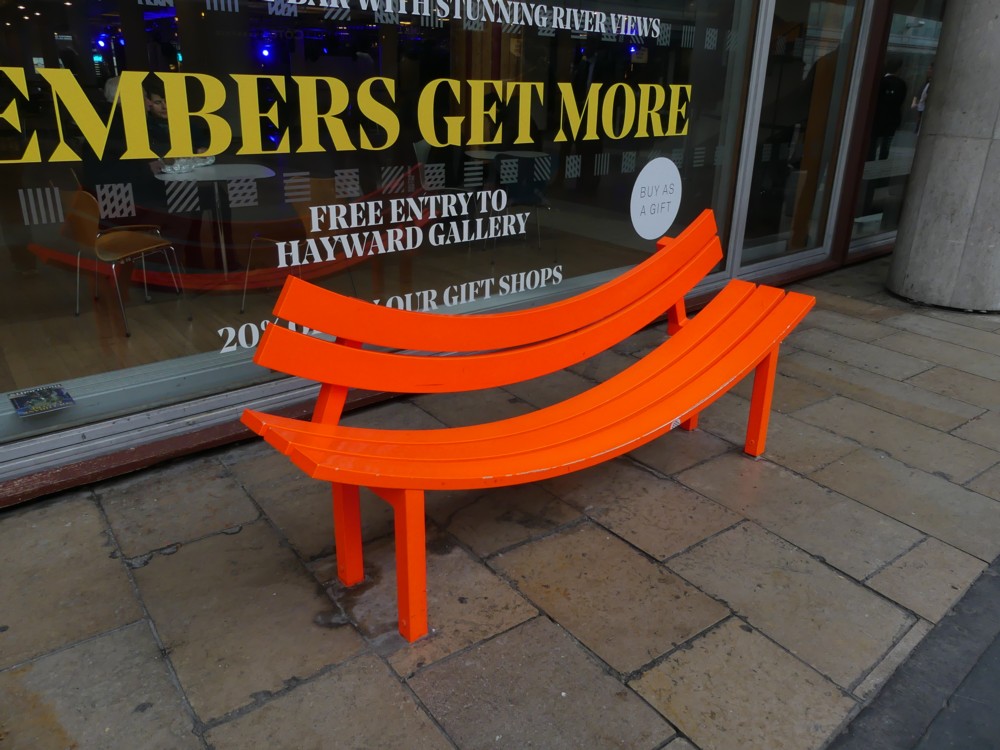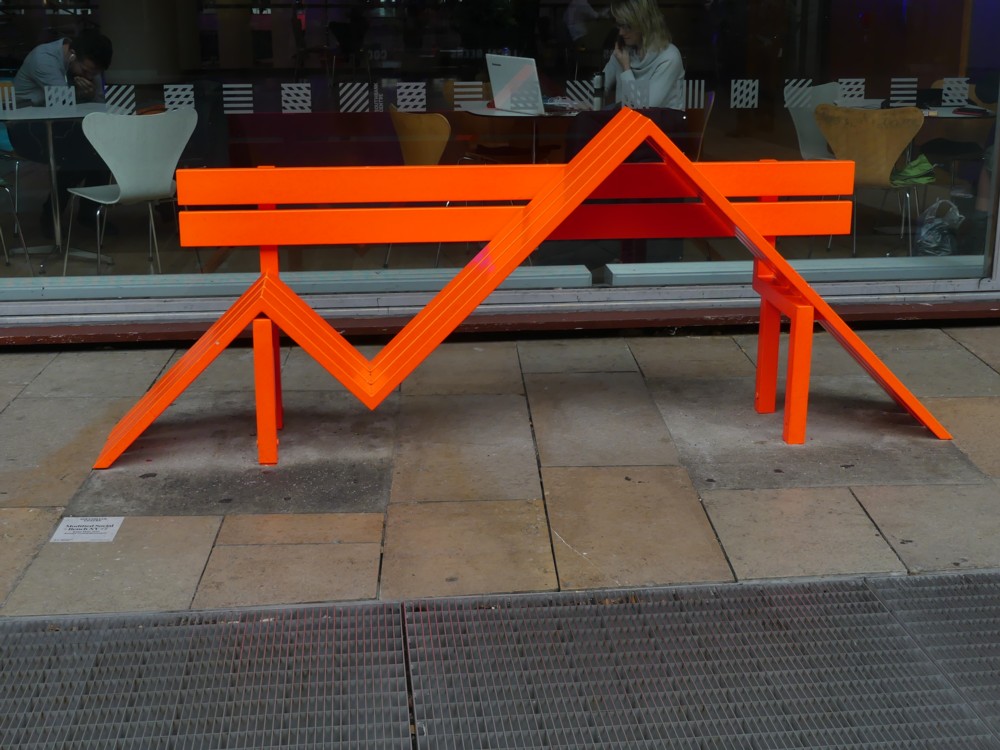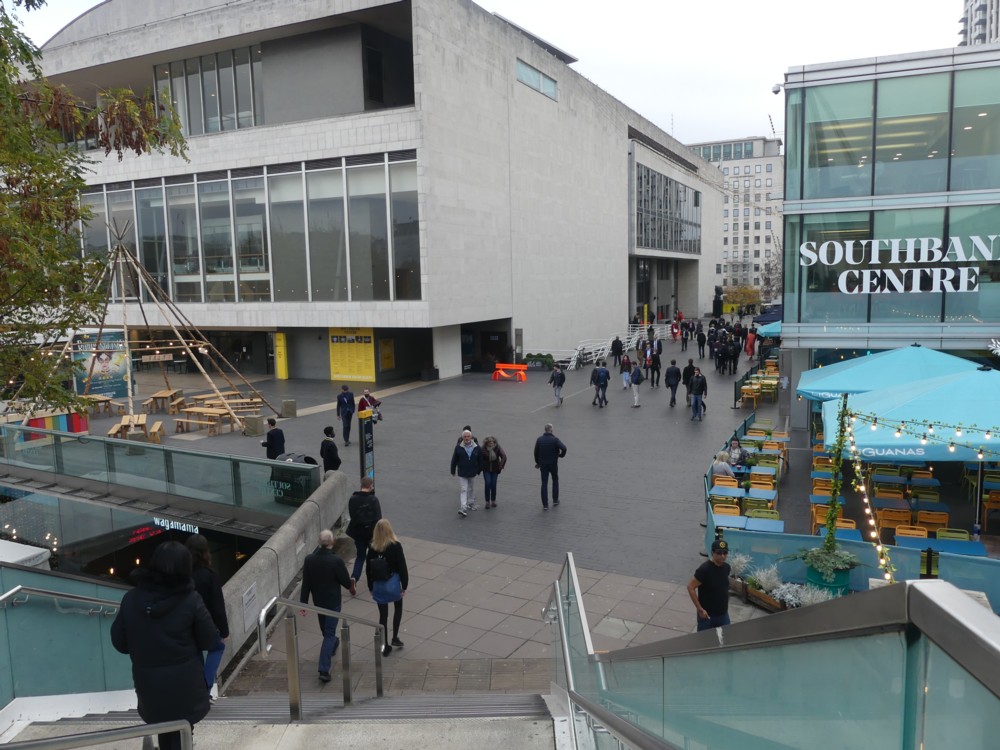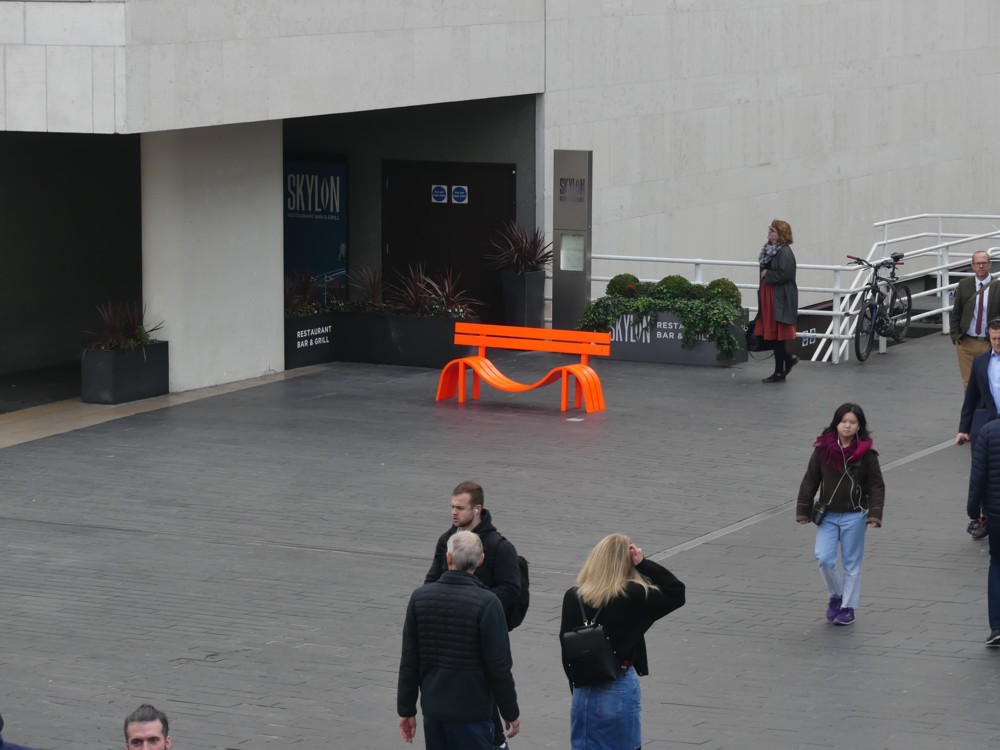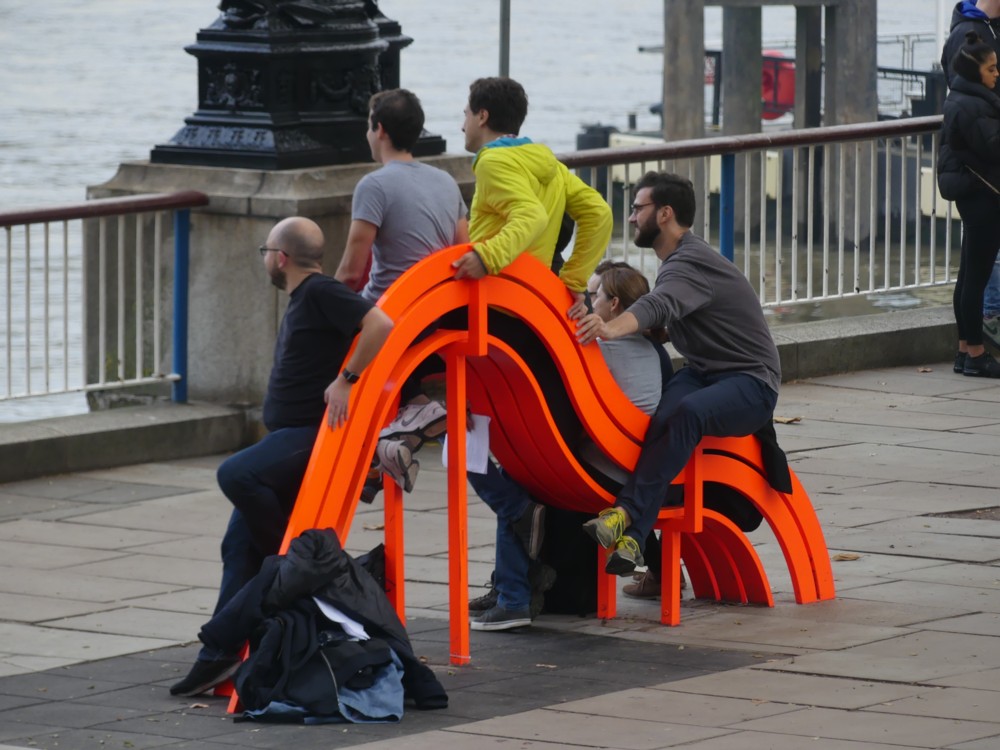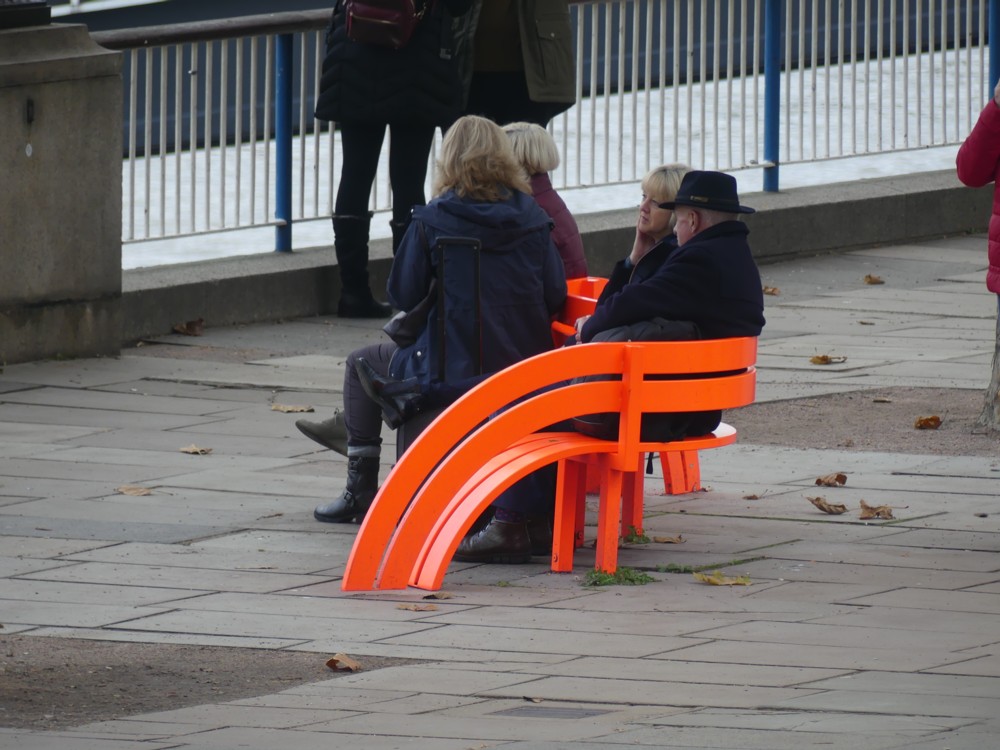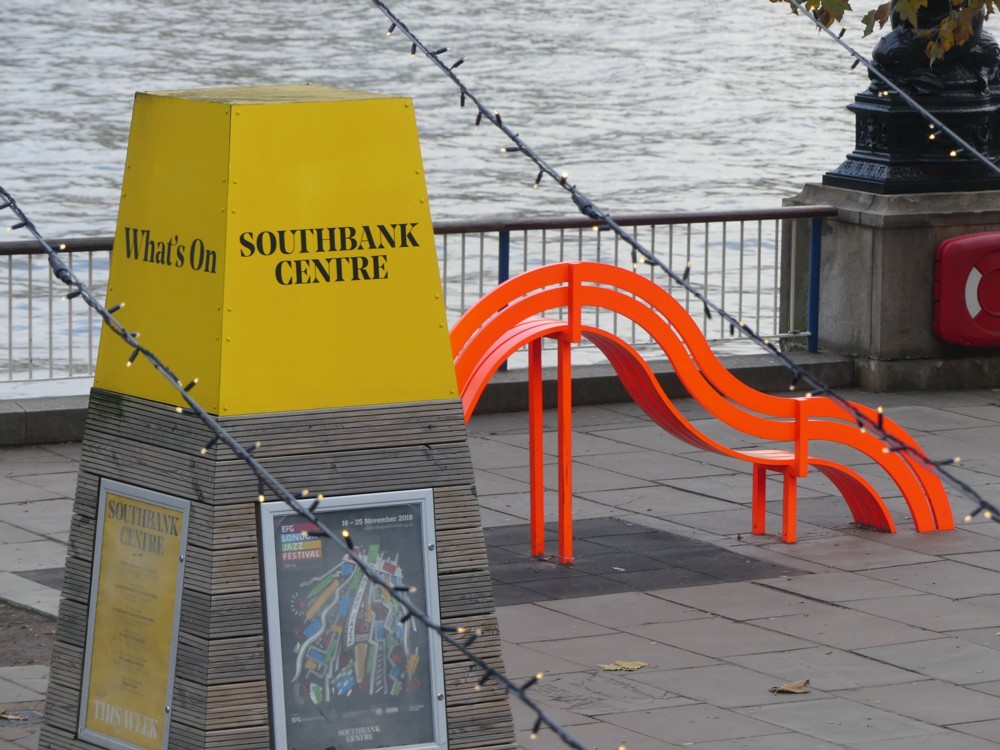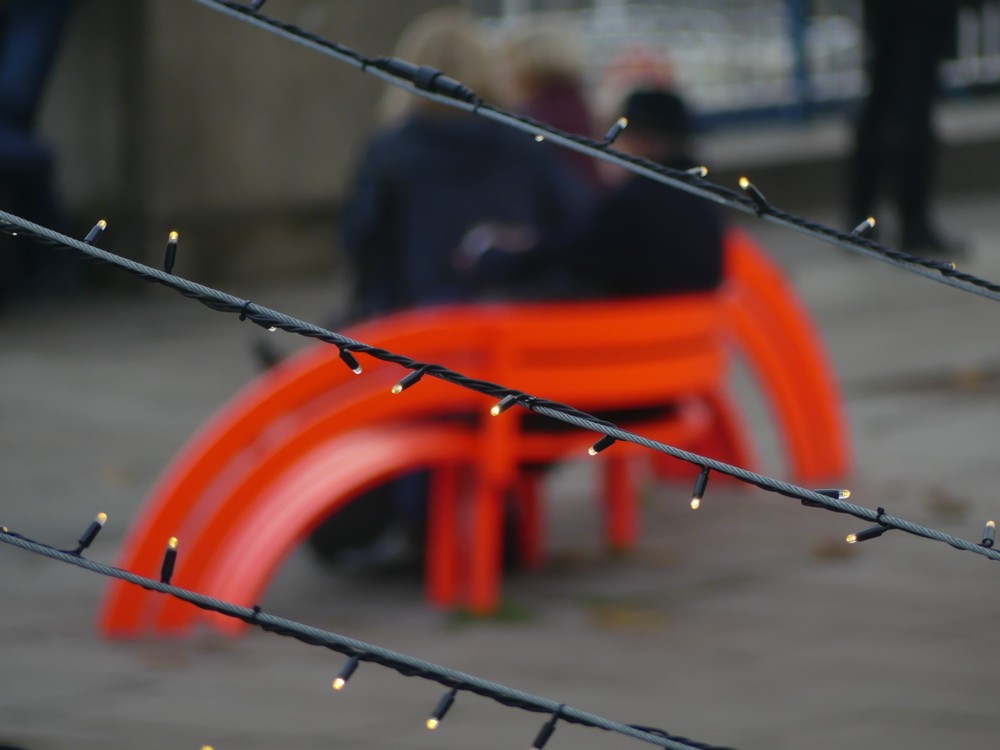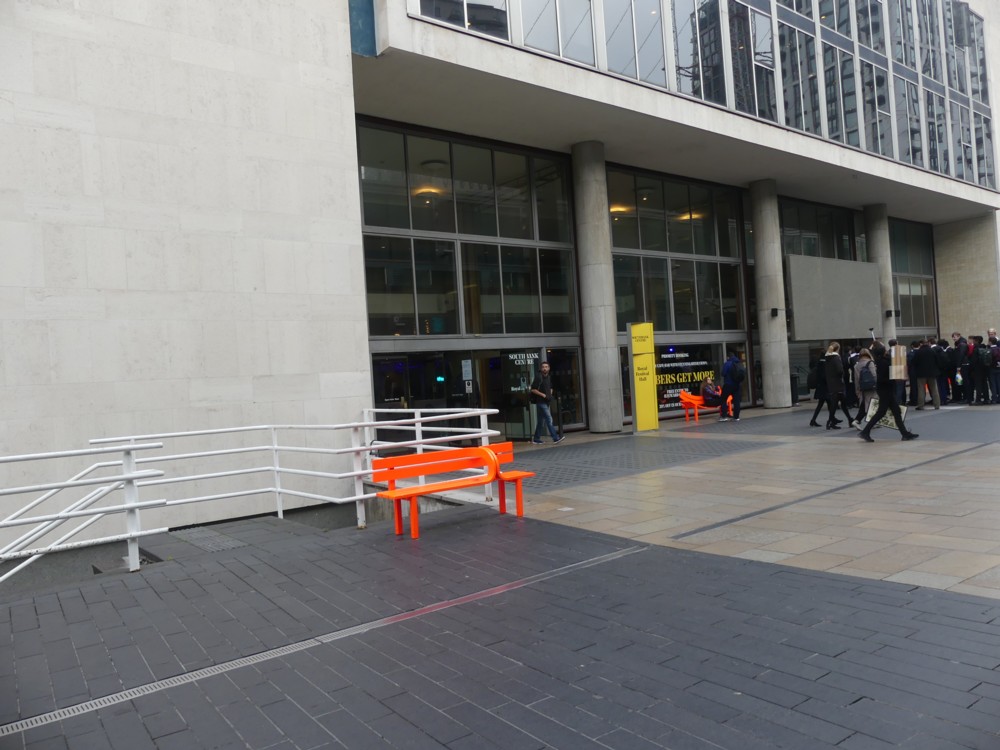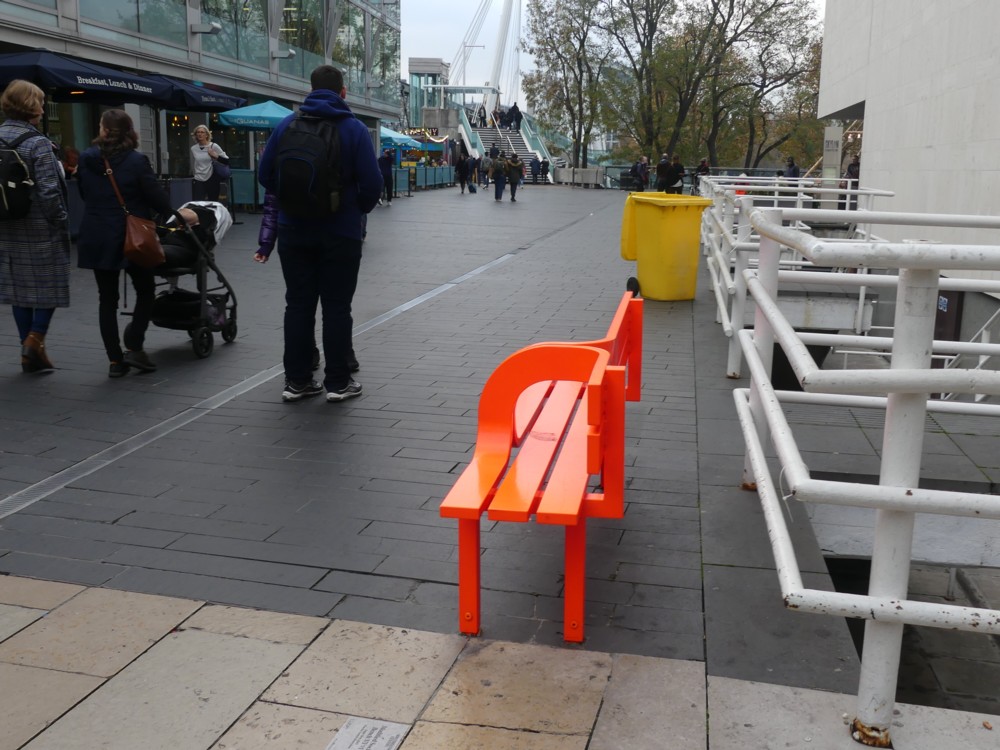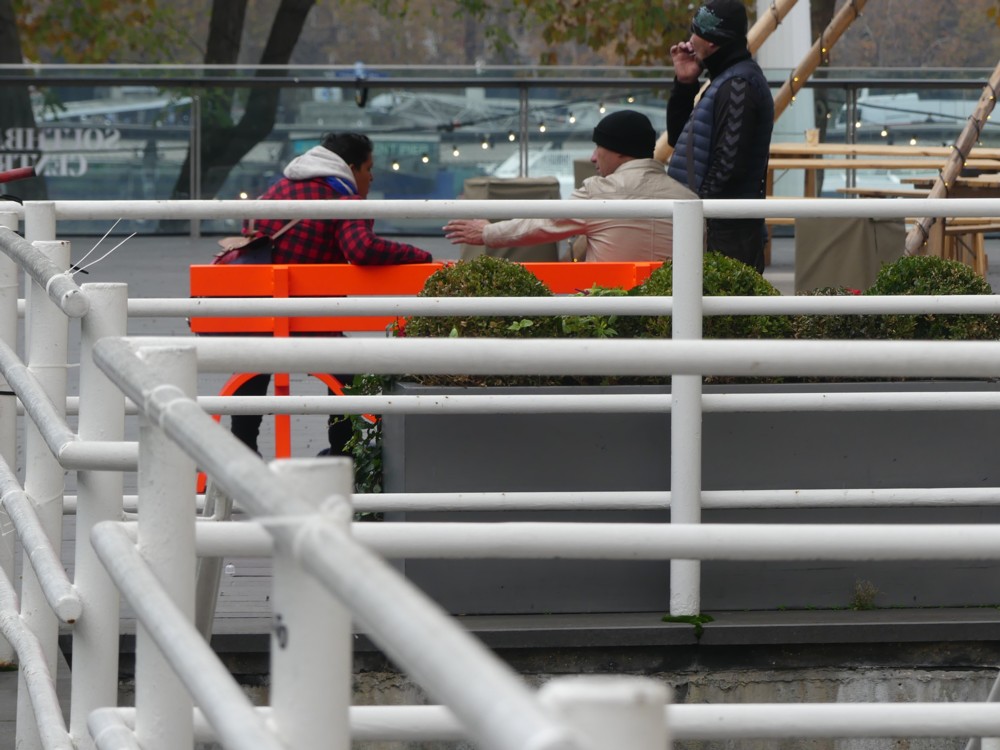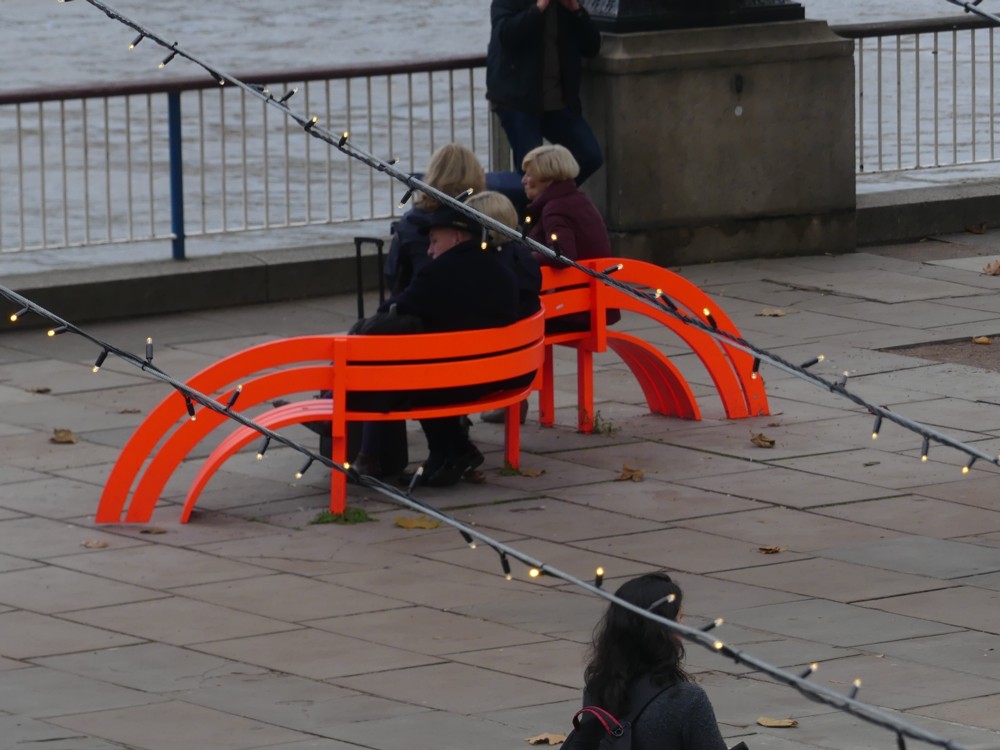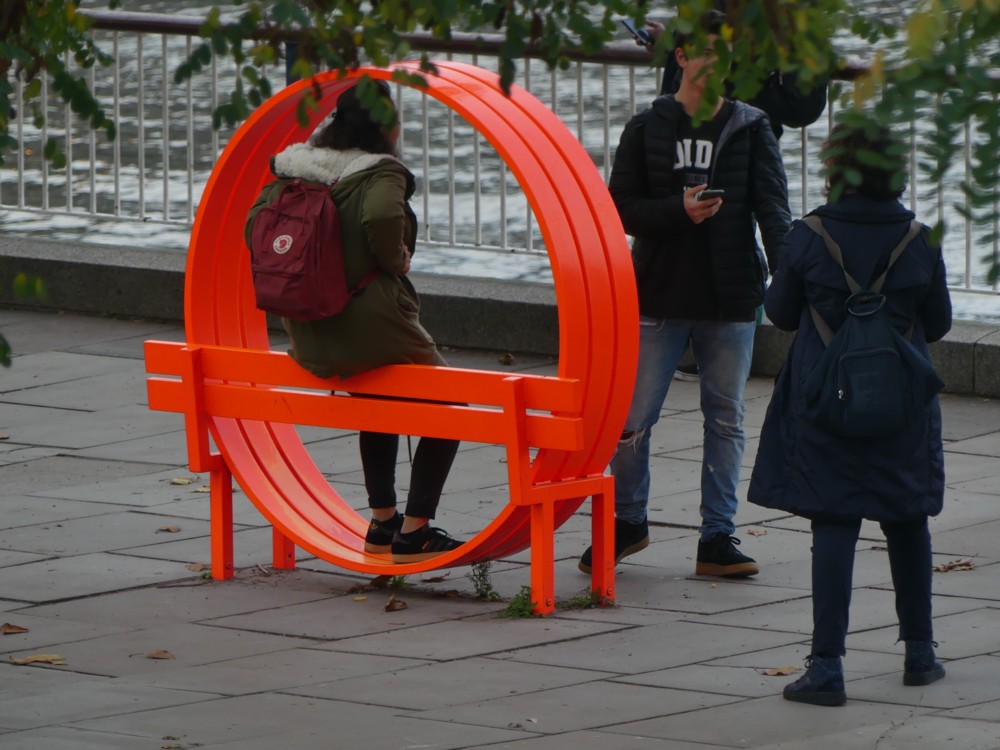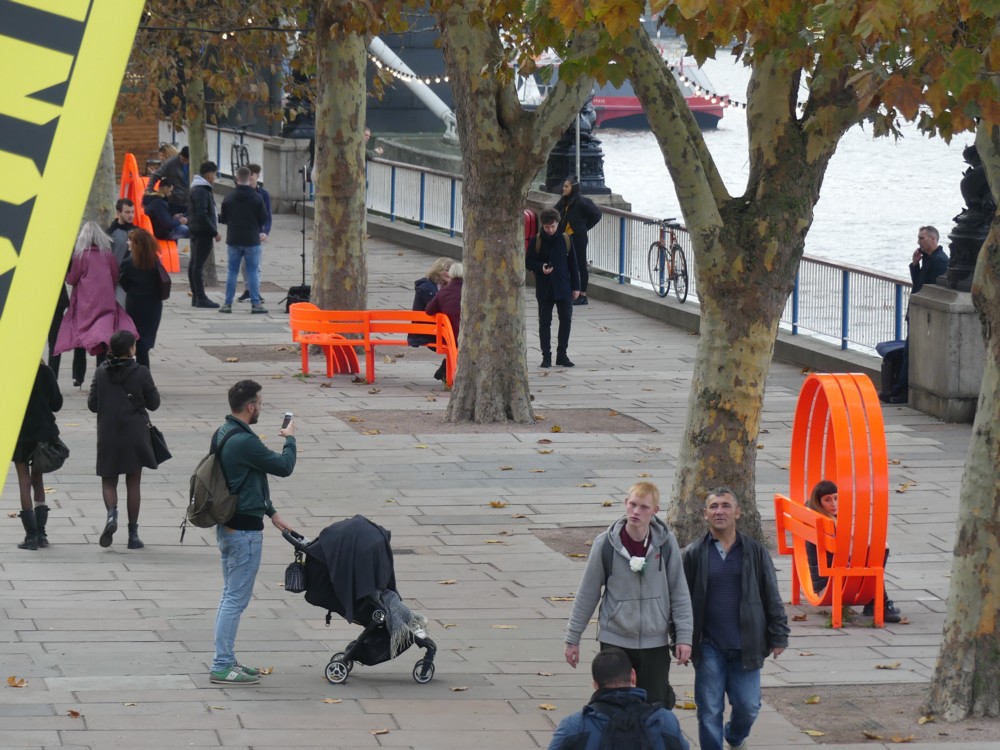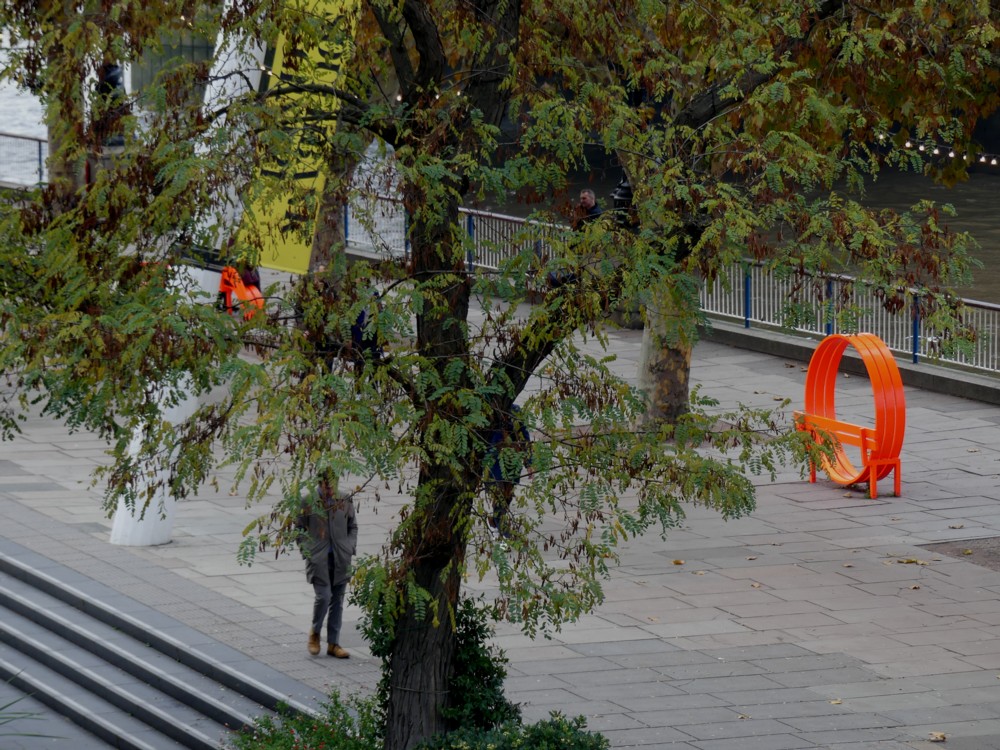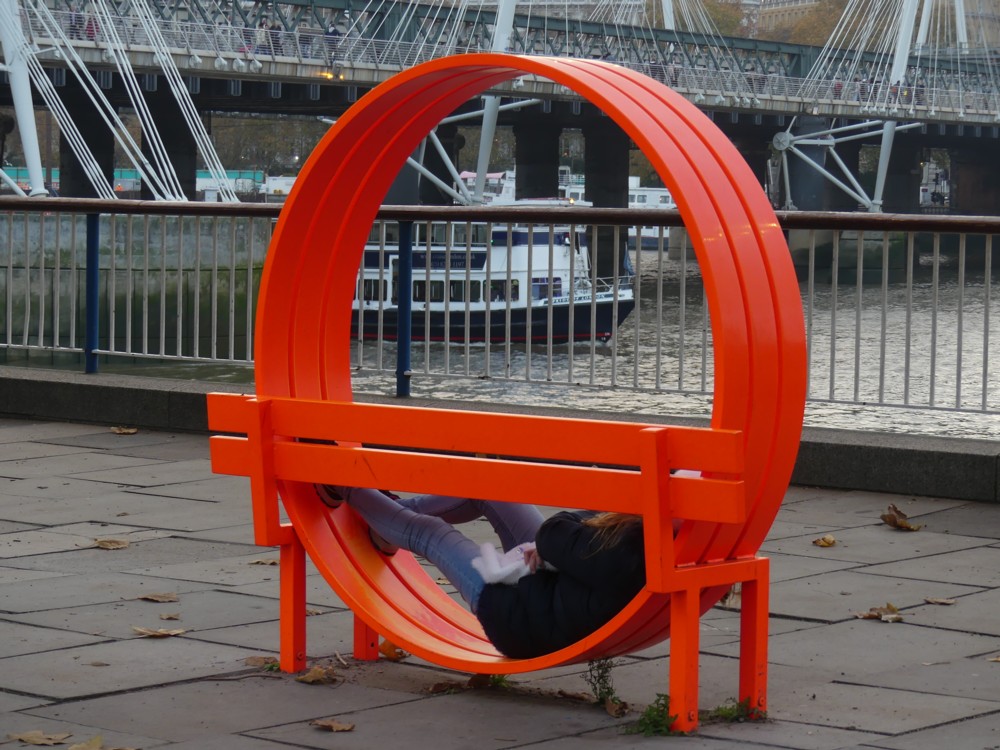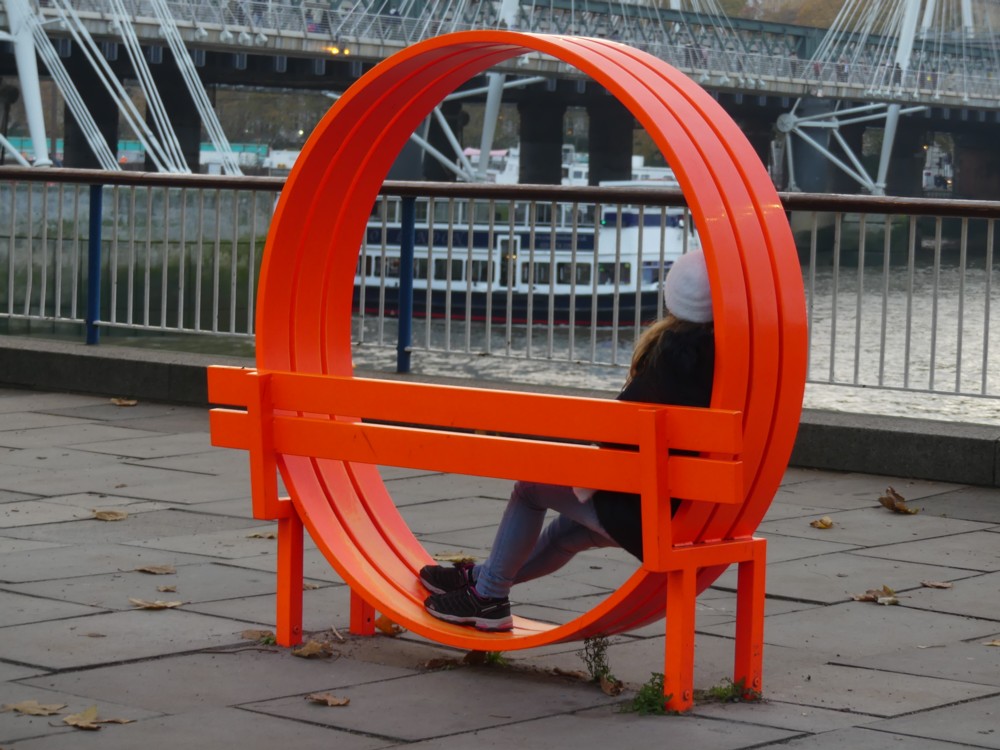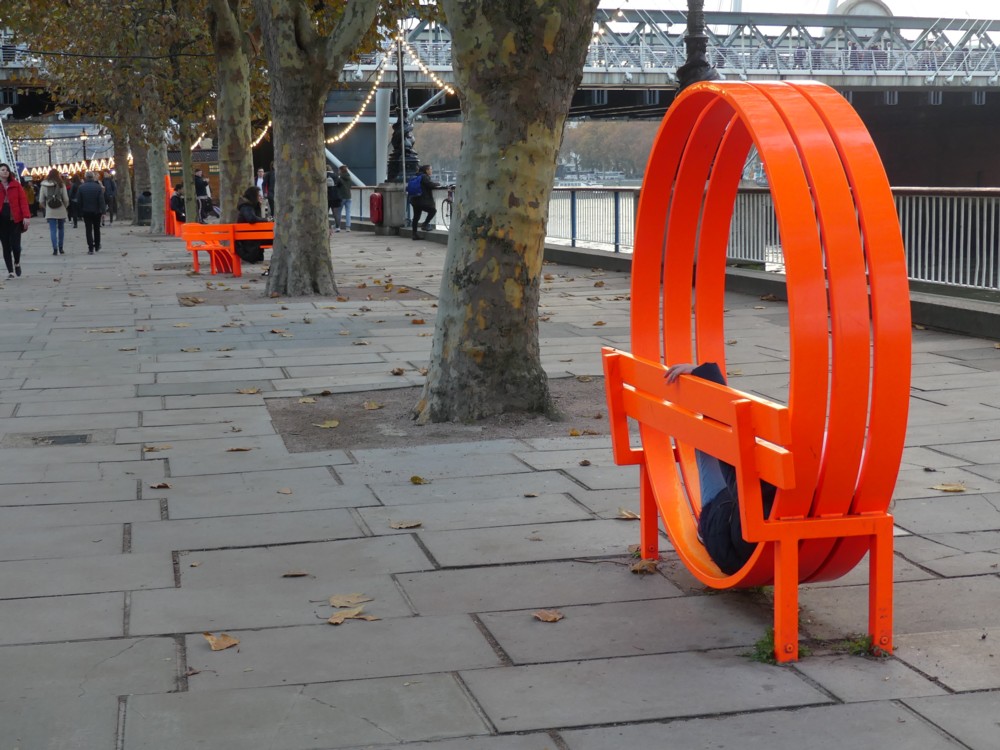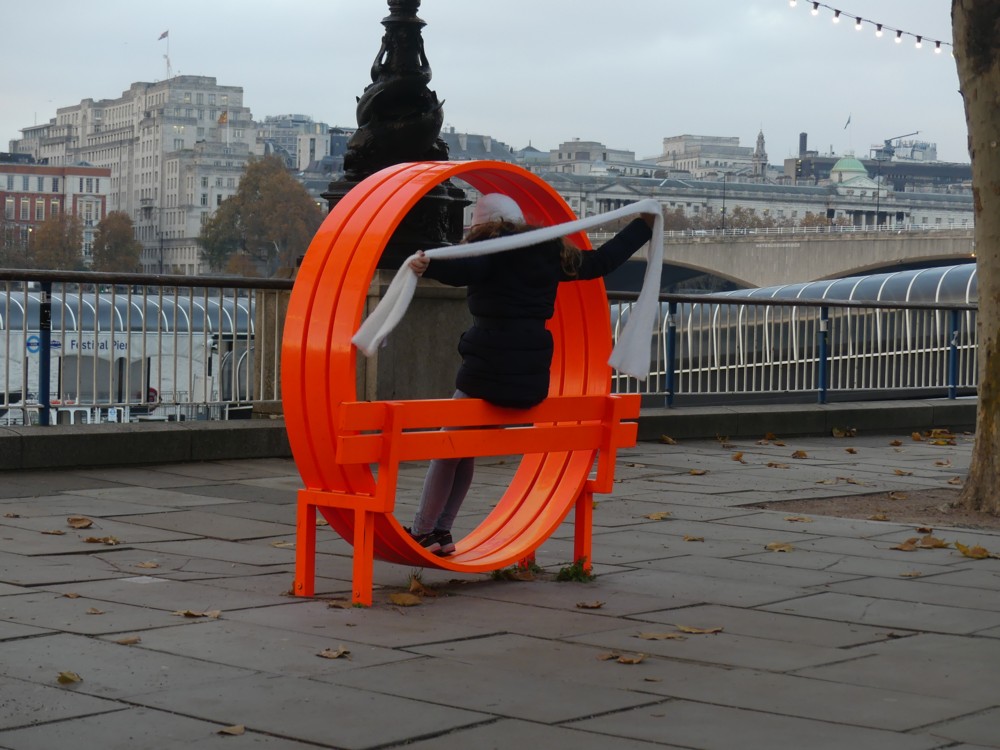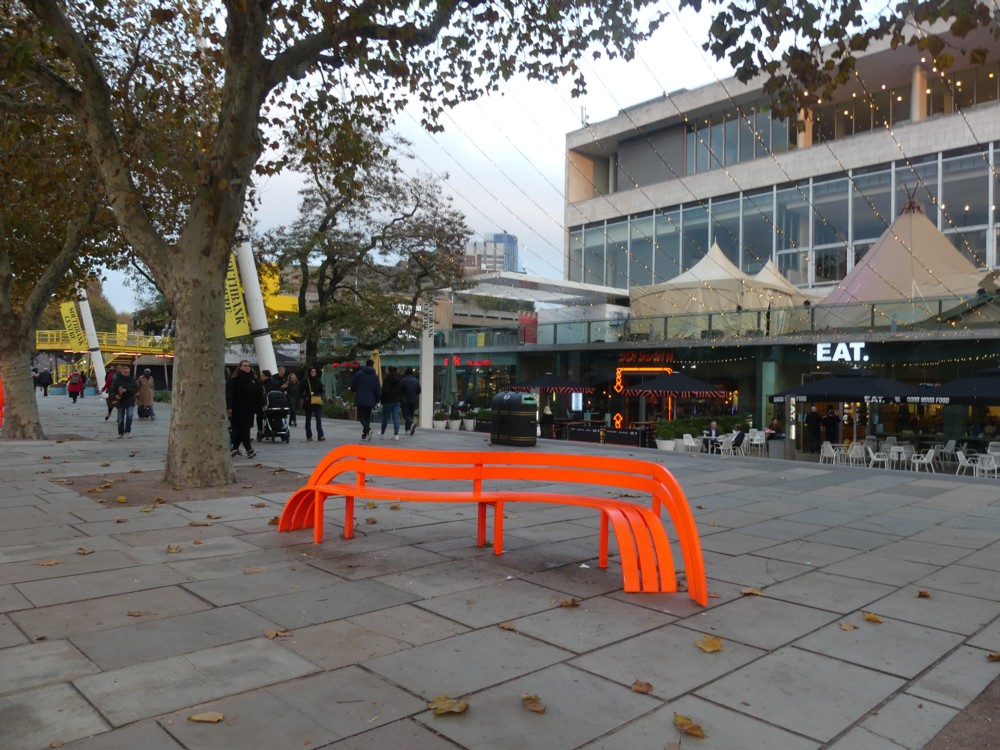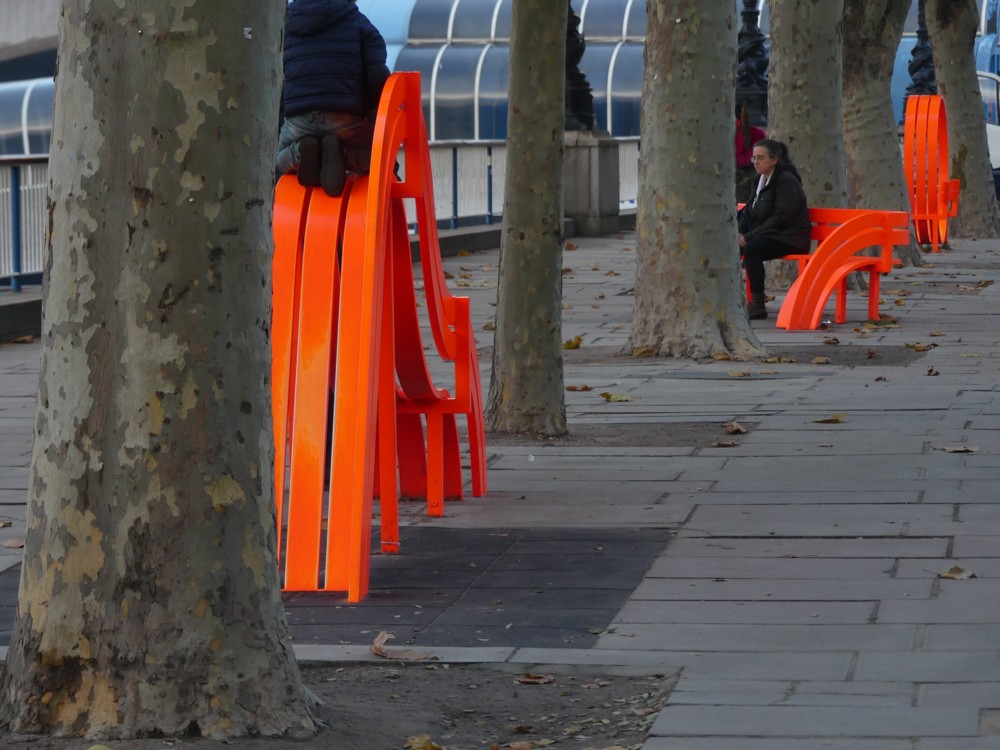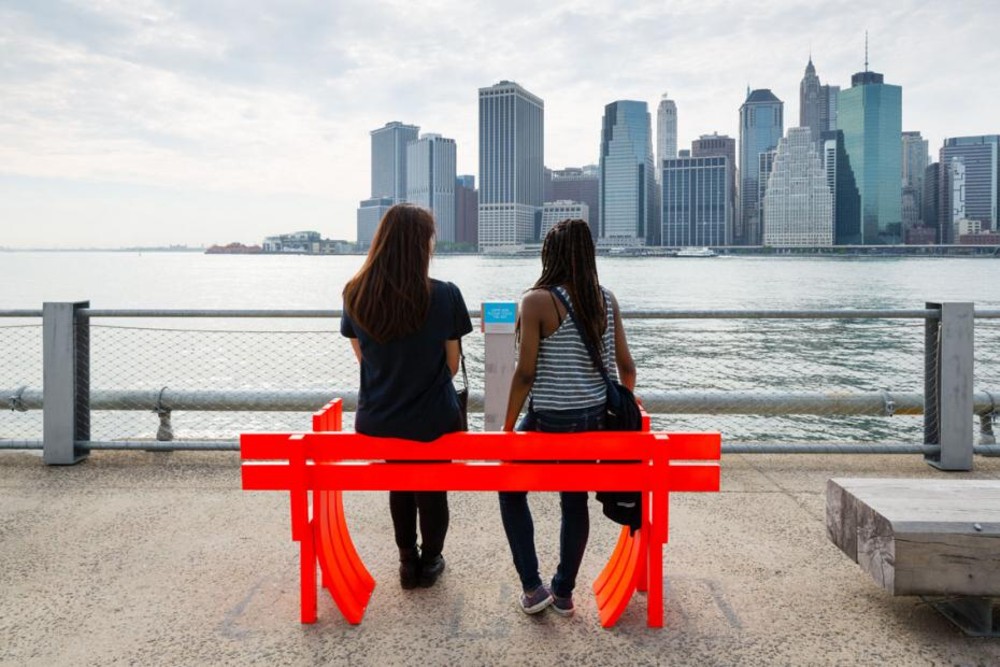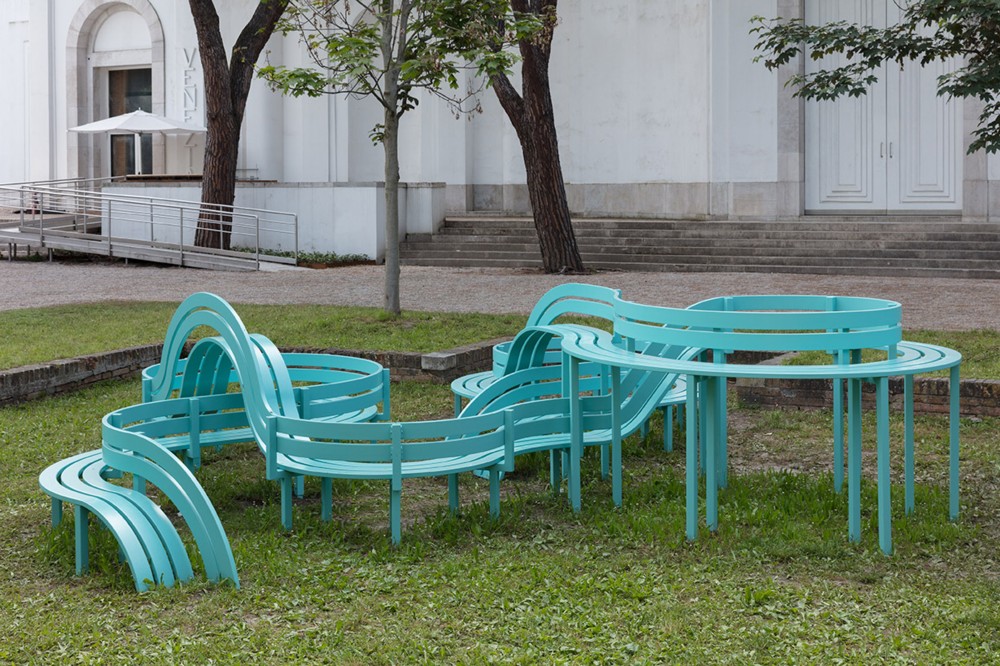Recently I quoted a chunk from Emmanuel Todd’s Lineages of Modernity, in the course of which chunk Todd praised the historian Rodney Stark. I looked up Stark on Amazon and encountered a familiar book cover. I realised that I already possessed Stark’s book defending the Crusades, entitled God’s Battalions: The Case For The Crusades.
Here is the Introduction of that book, entitled “Greedy barbarians in armor?”:
ON NOVEMBER 27, 1095, Pope Urban II mounted a platform set up in a meadow outside the French city of Clermont, surrounded in all directions by an immense crowd. A vigorous man of fifty-three, Urban was blessed with an unusually powerful and expressive voice that made it possible for him to be heard at a great distance. On this memorable occasion, addressing a multitude that included poor peasants as well as nobility and clergy, the pope gave a speech that changed history.
Urban had arranged the gathering in response to a letter from Alexius Comnenus, emperor of Byzantium, who had written from his embattled capital of Constantinople to the Count of Flanders requesting that he and his fellow Christians send forces to help the Byzantines repel the Seljuk Turks, recent converts to Islam who had invaded the Middle East, captured Jerusalem, and driven to within one hundred miles of Constantinople. In his letter, the emperor detailed gruesome tortures of Christian pilgrims to the Holy Land and vile desecrations of churches, altars, and baptismal fonts. Should Constantinople fall to the Turks, not only would thousands more Christians be murdered, tortured, and raped, but also “the most holy relics of the Saviour,” gathered over the centuries, would be lost. “Therefore in the name of God … we implore you to bring this city all the faithful soldiers of Christ … [I]n your coming you will find your reward in heaven, and if you do not come, God will condemn you.”
There were many reasons that Europeans might have ignored any plea for help from Byzantium. For one thing, their cultural heritage as well as their Christianity was Roman, while the Byzantines were Greeks, whose lifestyle seemed decadent to Europeans and whose “Orthodox” Christianity held Latin Catholicism in contempt – often persecuting its priests and practitioners. Nevertheless, when Pope Urban II read this letter he was determined that it be answered by worthy deeds, and he arranged for a church council at Clermont, which he followed with his famous speech.
Speaking in French, the pope began by graphically detailing the torture, rape, and murder of Christian pilgrims and the defilement of churches and holy places committed by the Turks (he called them Persians): “They destroy the altars, after having defiled them with their uncleanness. They circumcise the Christians, and the blood of the circumcision they either pour on the altars or pour into the vases of the baptismal font. When they wish to torture people by a base death, they perforate their navels, and dragging forth the extremity of the intestines, bind it to a stake; then with flogging they lead the victim around until the viscera having gushed forth the victim falls prostrate on the ground … What shall I say about the abominable rape of women? To speak of it is worse than to be silent. On whom therefore is the labor of avenging these wrongs and recovering this territory incumbent, if not upon you?”
At this point Pope Urban raised a second issue to which he and his illustrious predecessor Gregory VII had devoted years of effort – the chronic warfare of medieval times. The popes had been attempting to achieve a “truce of God” among the feudal nobility, many of whom seemed inclined to make war, even on their friends, just for the sake of a good fight. After all, it was what they had trained to do every day since early childhood. Here was their chance! “Christian warriors, who continually and vainly seek pretexts for war, rejoice, for you have today found a true pretext … If you are conquered, you will have the glory of dying in the very same place as Jesus Christ, and God will never forget that he found you in the holy battalions … Soldiers of Hell, become soldiers of the living God!”
Now, shouts of “Dieu li volt!” (God wills it!) began to spread through the crowd, and men began to cut up cloaks and other pieces of cloth to make crosses and sew them against their chests. Everyone agreed that the next year they would set out for the Holy Land. And they did.
That is the traditional explanation of how and why the First Crusade began. But in recent times a far more cynical and sinister explanation of the Crusades has gained popularity. Thus, in the immediate aftermath of the destruction of the World Trade Center by Muslim terrorists, frequent mention was made of the Crusades as a basis for Islamic fury. It was argued that Muslim bitterness over their mistreatment by the Christian West can be dated back to the First Crusade. Far from being motivated by piety or by concern for the safety of pilgrims and the holy places in Jerusalem, the Crusades were but the first extremely bloody chapter in a long history of brutal European colonialism.
More specifically, it is charged that the crusaders marched east not out of idealism, but in pursuit of lands and loot; that the Crusades were promoted by power-mad popes seeking to greatly expand Christianity through conversion of the Muslim masses; and that the knights of Europe were barbarians who brutalized everyone in their path, leaving “the enlightened Muslim culture … in ruins.” As Akbar Ahmed, chair of Islamic studies at American University in Washington, D.C., has suggested, “the Crusades created a historical memory which is with us today – the memory of a long European onslaught.”
Two months after the attack of September 11, 2001, on New York City, former president Bill Clinton informed an audience at Georgetown University that “[tjhose of us who come from various European lineages are not blameless” vis-à-vis the Crusades as a crime against Islam, and then summarized a medieval account about all the blood that was shed when Godfrey of Bouillon and his forces conquered Jerusalem in 1099.
That the Crusades were a terrible crime in great need of atonement was a popular theme even before the Islamic terrorists crashed their hijacked airliners. In 1999, the New York Times had solemnly proposed that the Crusades were comparable to Hitler’s atrocities or to the ethnic cleansing in Kosovo. That same year, to mark the nine hundredth anniversary of the crusader conquest of Jerusalem, hundreds of devout Protestants took part in a “reconciliation walk” that began in Germany and ended in the Holy Land. Along the way the walkers wore T-shirts bearing the message “I apologize” in Arabic. Their official statement explained the need for a Christian apology:
Nine hundred years ago, our forefathers carried the name of Jesus Christ in battle across the Middle East. Fueled by fear, greed, and hatred … the Crusaders lifted the banner of the Cross above your people … On the anniversary of the First Crusade … we wish to retrace the footsteps of the Crusaders in apology for their deeds … We deeply regret the atrocities committed in the name of Christ by our predecessors. We renounce greed, hatred and fear, and condemn all violence done in the name of Jesus Christ.
Also in 1999, Karen Armstrong, a former nun and a popular writer on religious themes, proposed that “crusading answered a deep need in the Christians of Europe. Yet today most of us would unhesitantly condemn the Crusades as unchristian. After all, Jesus told his followers to love their enemies, not to exterminate them. He was a pacifist and had more in common with Gandhi, perhaps, than with Pope Urban.” Armstrong went on to propose that, in fact, “holy war is a deeply Christian act,” since Christianity has “an inherent leaning toward violence, despite the pacifism of Jesus.” And a prominent former priest, James Carroll, agreed, charging that the Crusades left a “trail of violence [that] scars the earth and human memory even to this day.”
These are not new charges. Western condemnations of the Crusades were widespread during the “Enlightenment,” that utterly misnamed era during which French and British intellectuals invented the “Dark Ages” in order to glorify themselves and vilify the Catholic Church (see chapter 3). Hence, Voltaire (1694-1778) called the Crusades an “epidemic of fury which lasted for two hundred years and which was always marked by every cruelty, every perfidy, every debauchery, and every folly of which human nature is capable.” According to David Hume (1711-1776), the Crusades were “the most signal and most durable monument to human folly that has yet appeared in any age or nation.” Denis Diderot (1713-1784) characterized the Crusades as “a time of the deepest darkness and of the greatest folly … to drag a significant part of the world into an unhappy little country in order to cut the inhabitants’ throats and seize a rocky peak which was not worth one drop of blood.” These attacks also reinforced the widespread “Protestant conviction that crusading was yet another expression of Catholic bigotry and cruelty?” Thus the English historian Thomas Fuller (1608-1661) claimed that the Crusades were all the pope’s doing and that this “war would be the sewer of Christendom” in that it attempted to deprive the Muslims of their lawful possession of Palestine.
However, the notion that the crusaders were early Western imperialists who used a religious excuse to seek land and loot probably was originated by the German Lutheran church historian Johann Lorenz von Mosheim (1693-1755), who wrote: “The Roman pontiffs and the European princes were engaged at first in these crusades by a principle of superstition only, but when in the process of time they learnt by experience that these holy wars contributed much to increase their opulence and to extend their authority … [then] ambition and avarice seconded and enforced the dictates of fanaticism and superstition.” Mosheim’s views were echoed by Edward Gibbon (1737-1794), who claimed that the crusaders really went in pursuit of “mines of treasures, of gold and diamonds, of palaces of marble and jasper, and of odoriferous groves of cinnamon and frankincense.”
During the twentieth century, this self-interest thesis was developed into an elaborate “materialist” account of why the Crusades took place.” The prolific Geoffrey Barraclough (1908-1984) wrote: “[O]ur verdict on the Crusades [is that it amounted to] colonial exploitation.” Or, as Karen Armstrong confided, these “were our first colonies.” A more extensive and sophisticated material explanation of why the knights went east was formulated by Hans Eberhard Mayer, who proposed that the Crusades alleviated a severe financial squeeze on Europe’s “knightly class.” According to Mayer and others who share his views, at this time there was a substantial and rapidly growing number of “surplus” sons, members of noble families who would not inherit and whom the heirs found it increasingly difficult to provide with even modest incomes. Hence, as Mayer put it, “the Crusade acted as a kind of safety valve for the knightly class … a class which looked upon the Crusade as a way of solving its material problems.” Indeed, a group of American economists recently proposed that the crusaders hoped to get rich from the flow of pilgrims (comparing the shrines in Jerusalem with modern amusement parks) and that the pope sent the crusaders east in pursuit of “new markets” for the church, presumably to be gained by converting people away from Islam.” It is thus no surprise that a leading college textbook on Western civilization informs students: “From the perspective of the pope and European monarchs, the crusades offered a way to rid Europe of contentious young nobles … [who] saw an opportunity to gain territory, riches, status, possibly a title, and even salvation.”
To sum up the prevailing wisdom: during the Crusades, an expansionist, imperialistic Christendom brutalized, looted, and colonized a tolerant and peaceful Islam.
Not so. As will be seen, the Crusades were precipitated by Islamic provocations: by centuries of bloody attempts to colonize the West and by sudden new attacks on Christian pilgrims and holy places. Although the Crusades were initiated by a plea from the pope, this had nothing to do with hopes of converting Islam. Nor were the Crusades organized and led by surplus sons, but by the heads of great families who were fully aware that the costs of crusading would far exceed the very modest material rewards that could be expected; most went at immense personal cost, some of them knowingly bankrupting themselves to go. Moreover, the crusader kingdoms that they established in the Holy Land, and that stood for nearly two centuries, were not colonies sustained by local exactions; rather, they required immense subsidies from Europe.
In addition, it is utterly unreasonable to impose modern notions about proper military conduct on medieval warfare; both Christians and Muslims observed quite different rules of war. Unfortunately, even many of the most sympathetic and otherwise sensible historians of the Crusades are unable to accept that fact and are given to agonizing over the very idea that war can ever be “just,” revealing the pacifism that has become so widespread among academics. Finally, claims that Muslims have been harboring bitter resentments about the Crusades for a millennium are nonsense: Muslim antagonism about the Crusades did not appear until about 1900, in reaction against the decline of the Ottoman Empire and the onset of actual European colonialism in the Middle East. And anti-crusader feelings did not become intense until after the founding of the state of Israel. These are principal themes of the chapters that follow.
Historians disagree about which events were Crusades and therefore about when they occurred. I exclude the “crusades” against heretics in Europe and accept the conventional definition: that the Crusades involved conflicts between Christendom and Islam for control of the Holy Land, campaigns that occurred between 1095 and 1291. However, unlike most conventional Crusade historians, I shall not begin with the pope’s appeal at Clermont, but with the rise of Islam and the onset of the Muslim invasions of Christendom. That’s when it all started-in the seventh century, when Islamic armies swept over the larger portion of what was then Christian territory: the Middle East, Egypt and all of North Africa, and then Spain and southern Italy, as well as many major Mediterranean islands including Sicily, Corsica, Cyprus, Rhodes, Crete, Malta, and Sardinia. It also is important to examine the Christian counterattacks that began in the eighth century and soon “liberated” many of the occupied areas, for these were previews of the military confrontations that eventually took place in the Holy Land. Nor shall I merely recount the crusader battles, for they are comprehensible only in light of the superior culture and technology that made it possible for European knights to march more than twenty-five hundred miles, to suffer great losses along the way, and then to rout far larger Muslim forces.
Many superb historians have devoted their careers to studying aspects of the Crusades. I am not one of them. What I have done is synthesize the work of these specialists into a more comprehensive perspective, written in prose that is accessible to the general reader. However, I have been careful to fully acknowledge the contributions of the many experts on whom I have depended, some in the text and the rest in the endnotes.


